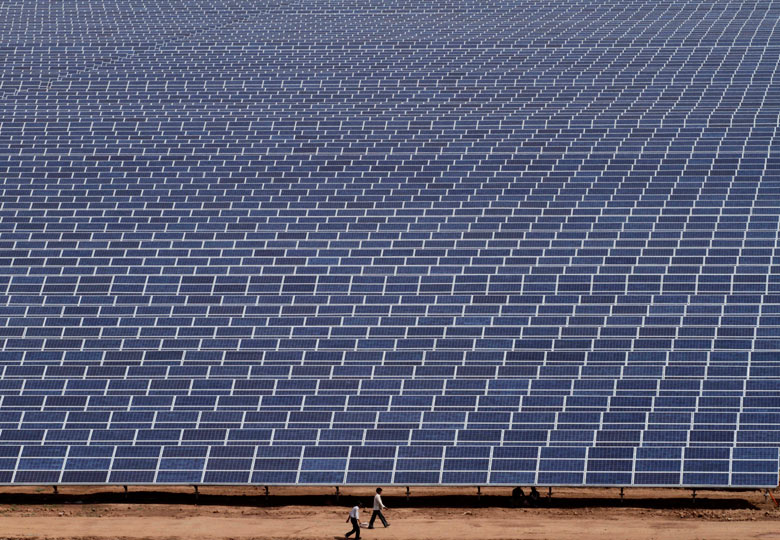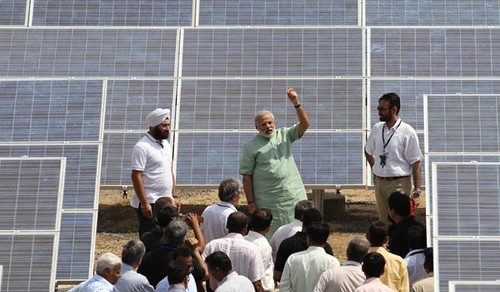For 2 years in a row the current UPA government has been sitting inactive and did not carry out any economic reforms or social reforms. Hundreds of media articles including TIME magazine had dubbed Manmohan Singh as "Under-Achiever". Worried by it the PM suddenly announced FDI in retail would be tabled in the Winter session to have it passed. The PM was under severe pressure. On one hand the world economy, particularly the US wanted speedy reforms and allow companies like Walmart to enter India on their own. On the other hand Sonia Gandhi wanted the Food Security Act to be passed. There is simply no money for that kind of welfare measure. P. Chidamabaram ever since took over the Finance Ministry has been seriously working to get the economy on track. It is precisely him who forced the PM to act.
Consequently, the Govt got very serious and wanted the Winter session to pass key legislations. So, with great guts and courage 3 major legislations were passed which will see tremendous effects in the next 4-5 years.
FDI In Retail:
Despite BJP's opposition the Congress got the bill passed due to Mayawati and Mulayam. No one knows what kind of deals were struck with those 2 M's to get their support. They criticize the Congress in public, fight elections against them, call them their enemies and support them in private. As long as these 2 M's continue like this Congress can get any bill passed.
FDI in Retail has clearly divided India especially middle class businessmen. However, both the proponents and opponents have no concrete evidence of their claims. Hence, there is nothing wrong in allowing these foreign companies. Since the clause restricts them to be set up in cities with a set population and above and the fact 30% of their produce must be sourced locally is a good clause to allay many fears. Eventually, business is business. These businesses will take 1-2 years to set up their stores and it will take another 3-4 years to see their effects on the flow of money and the fear which the opponents feel. If the businesses make no profit or find it very expensive they will shut down and go. The government took a daring risk to get the bill passed.
For more on the effects of this bill, read my previous articles on FDI in retail
Banking Laws:
The country faces a case of "under-banking". Despite around 40 banks (public and private) banking penetration is very low. The fact that the Govt plans to start Aadhar related direct cash transfer has created a case where more banking is needed. There are several corporate entities who want to get into banking industry but the Reserve Bank of India (RBI) was not ready to issue any licenses. It is too risky for RBI to issue bank licenses without a thorough background check and the current law prevents them and restricts them to do so. In the wake of global economic crisis the RBI got even more cautious in this regard and wanted the Govt to get a tougher bill passed. So, the Government joined hands with BJP and the Parliamentary Committee studied and drafted the law. The bill was finally passed with BJP's help.
The salient features of this law which will change the banking industry in the next 2-3 years include (Source1, Source2:
- RBI gets rights to check/audit the financial records of companies entering the banking sector so it is easy to issue licenses.
- RBI gets powers to take over the bank's board in case there is any fraud/loss of money. As an example Global trust bank merged with Oriental bank since RBI could not find takeover.
- Now non-banking companies or corporate entities can enter banks.
- Allow foreign banks to invest in India and convert their Indian operations into subsidiary The Bill will allow foreign banks to convert their Indian operations into local subsidiaries or transfer shareholding to a holding company of the bank without paying stamp duty. Under current laws, they have to pay 20 to 30 per cent tax as capital gains and stamp duty when transferring branches to a new legal entity. Foreign banks now operate in India by setting up branches (all foreign banks together have about 400 branches in India).
- Competition commission of India (CCI) will now look at mergers and acquisitions and can look into banking as well while RBI is the sole regulator yet. It is now easy to merge and acquire companies and hence several smaller banks may be acquired by bigger ones if the smaller have operations in rural areas where they have a good presence. So, setting up of banks in such areas may be expensive and merging may be more attractive.
- The minimum capital requirement and guidelines for setting up new banks are still to be notified by the central bank. (Source)
These are some of the salient features. The bill in its nature has been welcomed by RBI and the corporate entities who want to venture into banking. Hopefully this will lead to more mergers and acquisitions leading to even better customer service and competition.
Companies Law 2011 replacing Companies Act, 1956:
It is indeed very surprising that the companies bill was lying pending since many years and several economists had wanted a law that is contemporary and in tune with the current trends of the economy. Some of the salient features of this bill include (Source1 and Source 2):
- The concept of "One man company". This means one person can start his/her own company and such a one-man company can be truly called a "company" and not mere proprietorship. Till now minimum 2 people were required to form a company. This would enable more individuals to start their own company.
- All companies will have a common financial year - April-March
- Companies whose net worth is Rs.500 crore or more or a turnover of Rs.1000 crore or more must dedicate Rs.5 crore to social responsibility which is development of their local area. Failing to do so must be explained and recorded. The bill makes it mandatory so that companies to their bit to help society.
- Gives more powers to independent directors (1/3rd of a company's board should have independent directors who can be on a rotational basis and must be paid only sitting fees and no other remuneration)
- A director can get only max upto 5% of company's net profit. Interestingly such a clause will help that the director cannot take a whole lot of profits with him.
- If a company winds up then it must pay 2 years salary to its employees
- To monitor fraud serious powers have been given to Serious Fraud investigation Office (SFIO) by the Central Govt.
- Just like in US and UK class action suits are now a reality in India.
The country needs even more aggressive economic laws and social laws. If the Govt woke up early and had swung into action many more laws could have seen the light. Land Acquisition Bill, Direct Tax Code, Goods and Services Tax are pending laws and the sooner these get implemented the better for the economy.
Definitely the economic experts in Parliamentary Standing Committee have done a good job in drafting these bills.
Hope the sense prevails and the Parliament passes more bills. Keep up Mr. Chidambaram..!!


























































